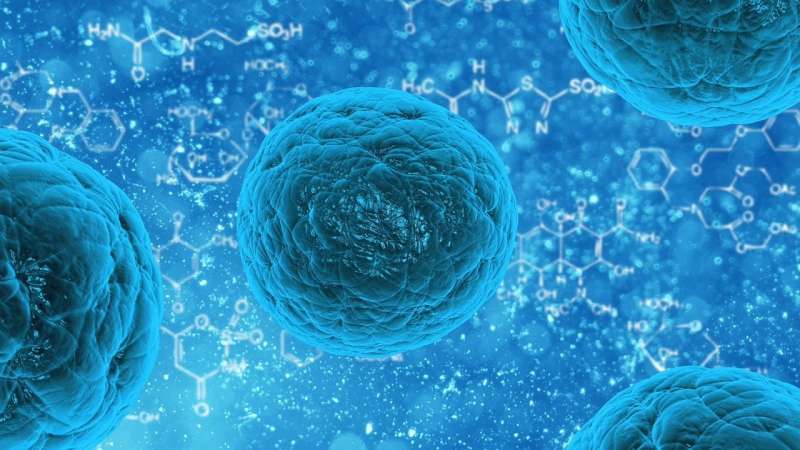Researchers find a novel connection between cell metabolism and cell division

The processes in living beings follow a finely orchestrated choreography down to the molecular level. Rhythmic processes are found everywhere in biology, for example, the 24-hour circadian cycle, a kind of 'internal clock,' plays an important role in regulating many processes in living cells, including metabolism and cell division mechanisms.
Scientists from Saarbrücken and Kaiserslautern have now taken a closer look at a similar cycle, the somewhat shorter ultradian cycle of baker's yeast. Under the leadership of Bruce Morgan, Professor of Biochemistry at Saarland University, the experts investigated what happens in the model organism baker's yeast when the metabolism of cells is changed in a targeted manner. It was previously known that the metabolic processes and the cell division cycles in healthy cells often run synchronously according to precisely such rhythms. So far it has not been answered whether rhythmic changes in metabolism are the cause or consequence of cell division.
With the aid of novel fluorescent sensors, the scientists were able to observe rhythmic changes in the level of hydrogen peroxide within yeast cells. For a long time, hydrogen peroxide (H2O2) was better known for stressing and damaging cells. "We also examined the protein peroxiredoxin and its reaction, as well as the effects on the cell division cycle of the cells," explains Bruce Morgan. This is because the protein peroxiredoxin is very sensitive to hydrogen peroxide and may help use changes in H2O2 levels to regulate cellular function. We therefore considered it particularly suitable for further understanding the complex mechanism of the cells' "internal clock".
The scientists were now able to address the causal relationships between cycles in cell metabolism and cell division: "We were able to determine that the link between metabolism and cell division is broken when we inactivate the peroxiredoxin in baker's yeast," explains Bruce Morgan. Cell division is then decoupled from the metabolism of the cells. In addition, they were able to precisely control when the cells enter and exit the cell division cycle by precisely controlling the metabolic cycles.
These fundamental findings could be important to better understand uncontrolled cell division in tumor cells. It is known that cell division in cancer cells is often decoupled from the circadian clock. It will be extremely interesting in the future to investigate whether a disrupted H2O2 regulation is involved.
More information: Prince Saforo Amponsah et al, Peroxiredoxins couple metabolism and cell division in an ultradian cycle, Nature Chemical Biology (2021).
Journal information: Nature Chemical Biology
Provided by Saarland University


















